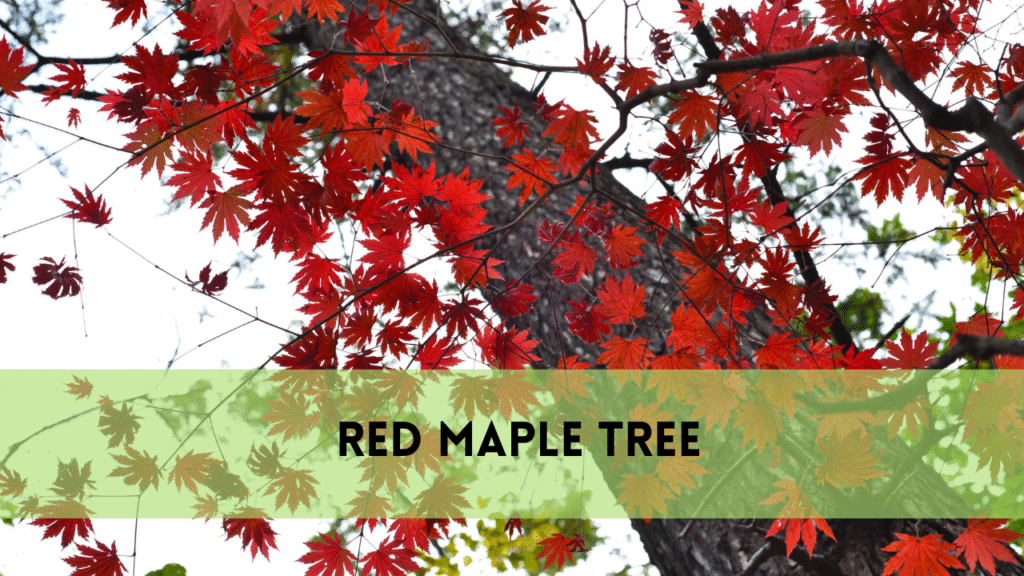Urban trees help mitigate the consequences of climate change. As cities grow and natural spaces shrink, the presence of urban trees becomes increasingly essential for maintaining environmental balance and improving the quality of life for city residents. Crosby Arborist explores the many benefits of urban trees, focusing on their role in combating climate change.
The role of urban trees in combating climate change
Carbon sequestration
Urban trees help to mitigate climate change by absorbing carbon dioxide (CO2) from the atmosphere and storing it in their biomass. A single mature tree may sequester around 48 pounds of CO2 annually, significantly reducing greenhouse gas concentrations.
Aside from carbon sequestration, urban trees provide various benefits, including improved air quality by filtering pollutants, temperature management through shade and transpiration, and support for urban biodiversity by providing a home for wildlife.
Strategic planning and community involvement are required to realize these benefits to their full potential. Planting a broad mix of native and non-native species in prime sites, such as streets and parks, ensures trees thrive and provide the most incredible environmental benefits. Regular maintenance and care, combined with urban fore
stry programs and supportive legislation, can increase the effectiveness of urban trees in fighting climate change. Prioritizing urban forestry allows communities to develop healthier, more sustainable landscapes that improve citizens’ quality of life while contributing to global climate change mitigation efforts.
Temperature Regulations
Urban trees are important in temperature regulation, especially in mitigating the urban heat island effect, which occurs when cities suffer greater temperatures than surrounding rural areas. Trees offer shade, reducing the heat absorbed by buildings, roads, and other infrastructure, resulting in lower surface and air temperatures.
Furthermore, through transpiration, trees emit water vapour into the atmosphere, cooling the surroundings. The natural cooling effect can significantly reduce the demand for air conditioning, resulting in lower energy usage and greenhouse gas emissions.
According to studies, places with plenty of tree cover can be up to 9 degrees Fahrenheit cooler than areas without trees, demonstrating the significant impact of urban greenery on local climates.
Strategic planting of urban trees is required to maximize their advantages regarding temperature regulation. Selecting appropriate species and planting them in strategic locations, such as along roads, parks, and near buildings, can improve their cooling benefits. Trees with huge canopies are beneficial for shading and cooling broad regions.
Furthermore, constant watering, trimming, and insect management guarantee that urban forests remain healthy and give optimum environmental benefits. Community involvement and urban forestry programs are critical to continuing these efforts because they increase public knowledge and participation in tree planting and management.
By incorporating urban trees into city planning and development, governments can create more excellent, comfortable living conditions while contributing to more significant climate change mitigation initiatives.

Improved air quality
Urban trees considerably improve air quality by serving as natural air filters. Their leaves, branches, and trunks absorb airborne pollutants like NO2, SO2, O3, and PM. The process of phytoremediation, in which trees absorb, sequester, and degrade pollutants, is critical in lowering the concentration of these dangerous compounds in the urban atmosphere. Urban trees reduce respiratory and cardiovascular disorders among city people, improving overall public health.
Furthermore, trees produce oxygen through photosynthesis, which is necessary for maintaining good air quality. The existence of urban trees ensures a constant supply of fresh oxygen, which benefits all living organisms in the city.
Trees also serve as sound barriers, lowering noise pollution in metropolitan areas. Trees catch airborne pollutants and particulate matter before they settle on surfaces, minimizing the need for frequent cleaning and maintenance of urban infrastructure. Overall, urban trees are essential for improving air quality and establishing a healthier city living environment.
Temperature regulations
Urban trees help regulate temperature by providing shade and cooling through transpiration. Tree leaves absorb sunlight and turn it into chemical energy, producing water vapour and cooling the air around them. This natural cooling effect is especially essential in cities, where the heat island effect can result in significantly higher temperatures due to the widespread usage of concrete and asphalt.
Trees help to lower ambient temperatures by shading buildings and streets, reducing the demand for air conditioning, conserving energy, and lowering greenhouse gas emissions.
Furthermore, the cooling effect of urban trees helps mitigate extreme heat events, which are becoming more common and intense due to climate change. Trees may reduce temperatures by up to 10 degrees Fahrenheit, providing relief during heat waves and safeguarding vulnerable groups like older people and children from heat-related ailments.
Strategic placement of trees in urban planning can maximize their cooling benefits, improving comfort and livability in heavily populated regions. As cities expand, incorporating urban trees into infrastructure construction is critical for ensuring a healthy and resilient urban environment.
Social benefits of urban trees
Enhance mental health
Urban trees have social benefits, including improved mental health.
Green areas, particularly urban trees, have been linked to improved mental health and well-being. Nature decreases stress, anxiety, and despair, helping city inhabitants live better lives.
Community Cohesion
Urban forests promote community cohesion by offering common recreation and social interaction areas. These green spaces promote outdoor activities, establish local bonds, and foster a feeling of community.
Urban trees have economic benefits, including increased property value.
Properties near green spaces and urban trees frequently experience a boost in value. Trees’ aesthetic and environmental benefits make neighborhoods more appealing, resulting in higher real estate values and investment.
Energy Savings
Urban trees reduce the need for air conditioning by providing shade and cooling the environment, resulting in substantial energy savings. This energy consumption reduction reduces residents’ power bills and the city’s overall carbon footprint.
Urban Forestry: Challenges and Solutions to Space Limitations.
Urban regions have space limits, which can hinder tree-planting attempts. Green roofs, vertical gardens, and pocket parks are examples of innovative techniques for integrating trees into densely populated cities.
Maintenance and Management
Practical urban forestry necessitates continuous care and management. Cities must invest in adequate tree care, such as trimming, pest control, and disease prevention, to ensure that urban trees live long and healthy lives.
Community Involvement
Engaging the community in urban forestry efforts is critical to their success. Public awareness campaigns, volunteer programs, and educational activities can instil a sense of ownership and responsibility for urban trees.
FAQs
1. How do urban trees help to reduce greenhouse gases?
Urban trees absorb carbon dioxide (CO2) from the atmosphere during photosynthesis and store it as biomass, thus reducing the amount of this greenhouse gas in the atmosphere. This technique helps to prevent climate change by lowering the overall concentration of CO2.
2. Do urban trees help public health?
Urban trees benefit public health by filtering out air pollutants like nitrogen dioxide, sulfur dioxide, and particle matter. This reduction in pollutants lowers the prevalence of respiratory and cardiovascular disorders among city dwellers.
3. What is the heat island effect, and how many trees mitigate it?
The heat island effect arises when urban regions become much warmer than their rural counterparts due to human activity and the widespread usage of concrete and asphalt. Trees mitigate this effect by providing shade and cooling the air through transpiration, which lowers local temperatures.
4. How do urban trees help save energy?
Urban trees help to save energy by lowering temperatures surrounding buildings, which reduces the need for air conditioning during hot months. This decrease in energy consumption lowers power bills and reduces the city’s carbon footprint.
5. What are some of the obstacles in sustaining urban forests?
Maintaining urban forests presents issues such as limited land, adequate tree maintenance (pruning, insect control, disease prevention), and community cooperation. Innovative solutions, such as green roofs and vertical gardens, as well as public awareness and engagement campaigns, can assist in addressing these issues.
Conclusion
Urban trees are essential in fighting climate change by providing benefits such as carbon sequestration, improved air quality, and temperature regulation. They also improve mental health, promote communal togetherness, and increase property prices, making cities more liveable.
Practical urban forestry necessitates careful design, management, and community engagement. Crosby Arborist is committed to promoting and protecting urban forests, recognizing their critical role in fostering sustainable and resilient urban ecosystems.




